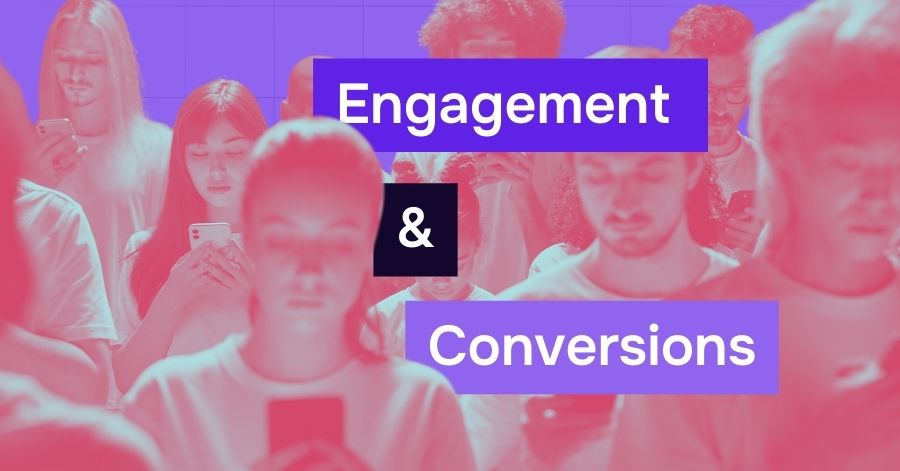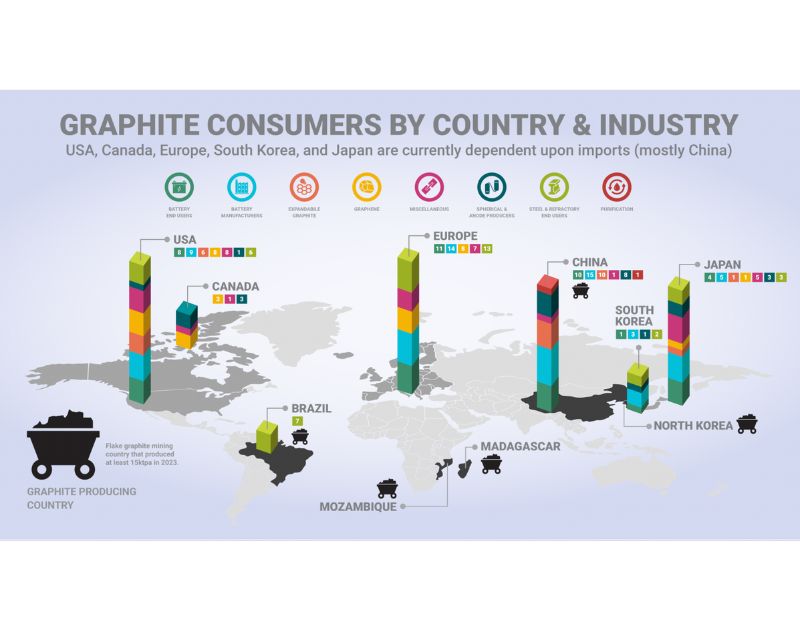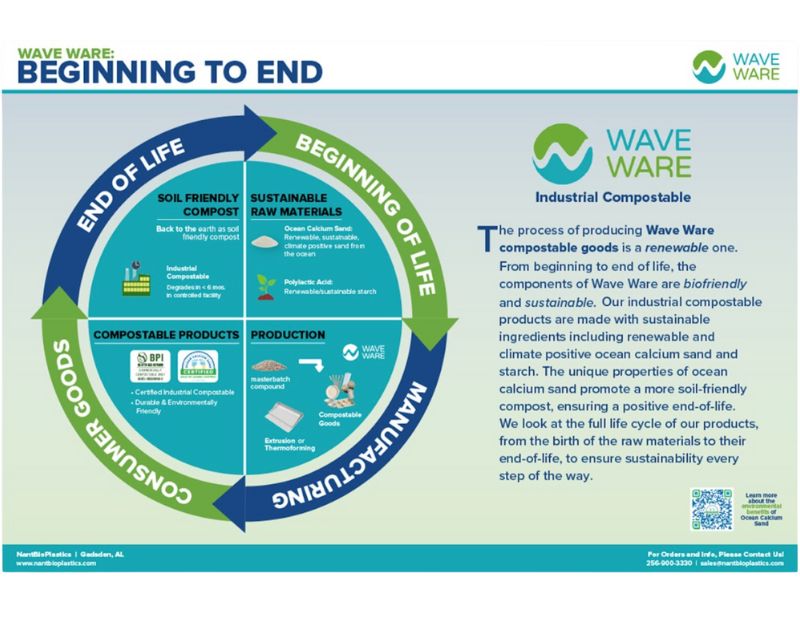
Marketing visuals continue to dominate in 2025. Businesses and startups alike recognize the value of using visuals in their marketing strategies to boost both engagement and conversion rates.
As competition intensifies online, more brands are turning to graphic design as a services to create consistent, on-brand content that resonates with their audiences. Penji is one of these design teams, helping SMBs around the world produce high-quality, effective visual graphic design.
Hiring professionals ensures your digital graphics not only look polished but also align perfectly with your brand identity. This means carefully considering the types of content you post and share, and whether they have the potential to inspire action from your audience.
Data tells us that 49.5 % of marketers said more than half of their content uses visual communication. Your graphics aren’t just decorative, but they’re powerful marketing visuals that can be leveraged across social media, websites, emails, and more.
In this article, we’ll explore the types of visual content you can publish, the best platforms to share them on, and how Penji’s graphic design services can help your business or brand create visuals that deliver results.
Types of Marketing Visuals

Visual marketing enables retention. People can retain at least 65% of information if marketers add images to it. As part of your marketing strategy, you need to reinforce your branding in your visuals. That way, your customers can recognize your brand easily.
Additionally, integrating visuals on your marketing strategies can increase traffic too! So, here are three types of visual content that you need to have on your social media accounts, websites, and so much more!
1. Photos
Marketers and businesses can use a variety of photos for their websites, blogs, and social media accounts. Aside from the usual “stock image” and brand-related photos, types of images include gifs, screenshots, and memes.
In blogging, images can aid the reader to finish the text. If it’s only text, the reader may get bored and leave your site.
Photos can help with your SEO efforts. Add your keywords on the alt-image. For example, whenever someone searches for iPhone 11 airpods, they can find your blog or website through Image search.
Photos can boost sales too. If you post correct product photos, chances are, your customers will click add to cart on that purchase. If you can, post high-quality photos of your products. That way, you get more chances to sell the product.
Below are a few examples of photos, specifically digital ads and product mockups, created by Penji. They show how applying the elements of graphic designing and visual design elements and principles can make photos more than just pictures.
The bold helmet promo above combines dynamic action photography with striking typography to grab attention instantly. The skincare packaging mockup below, meanwhile, uses clean layouts and harmonious colors to convey sophistication and trust, reflecting a firm grasp of graphic design definition:
The chocolate ad below, meanwhile, blends rich product photography with a luxurious color scheme to evoke indulgence:
You shouldn’t forget as well that despite all the photos you take or edit, you need to ensure it’s aligned with your brand.
2. Data-Driven Visuals
Data-driven visuals also provide value. Numbers and statistics can capture the attention of its viewers. Not only that, people share data on different platforms. In visuals, you can incorporate statistics in your assets such as infographics and advertising.
Infographics are one of the most utilized and known types of visual content. Through infographics, you can digest one blog post by emphasizing important data. That way, it’s skimmable and shareable.
If your infographics are well-researched and designed, big-name blogs can share your infographics. Plus, adding numbers on your marketing visuals can establish your authority on the topic.
Other forms of data-driven visuals include:
- Charts
- Maps
- Graphs
Penji has done numerous infographics that have helped several companies over the years. Frankly speaking, this is not a job fit for amateurs. It’s not just about layout, it’s a design backed up by science and arts. And that is why you need experts when designing an infographic that are likely to be shared by different people.
Here are a few examples from our portfolio:


3. Videos
Videos are another form of visual content you should consider. Data reveals that 95% of video marketers believe that video is a crucial part of their marketing strategy.
Video also serves as a learning tool for most users or consumers and would prefer watching a video than reading text.
You can choose to create these types of videos for your marketing strategy:
- How-to
- Presentation
- Tutorial
- Review
- Testimonials
You can take infographics up a notch through video infographics. When done right, you can obtain more views, engagement, and conversions. Here’s a sample video by Penji:
Platforms to Publish Marketing Visuals
In marketing visuals, it’s best to identify which platforms you need to publish your content. Marketers have different platforms where they can reach their target audience.
Luckily, there are audiences for the three platforms below.
1. Social Media
Social media is the go-to platform to publish visuals. It’s easier to share the posts from there, and brands get more engagement and impressions through social media.
Before posting on social media, you should observe and evaluate the types of content your target audience likes.
However, you should remember to plan and schedule your posts on social media. Posting too much can annoy your followers. So, schedule accordingly.
Here’s an example of professionally-designed marketing visuals and how they stand out in crowded feeds:
The “She Evolves” Instagram story set uses the elements of graphic design—color harmony, typography, and composition—to create a cohesive, inspiring series that feels consistent with the brand’s tone.
The “Kale and Me” juice ads, meanwhile, demonstrate the principles of visual design such as balance, contrast, and movement, using dynamic splashes and product placement to draw the eye toward the key message.
2. Website
Your website or blog also needs visuals, since it’s still part of your marketing strategy. You should also add your marketing visuals such as promotions or featured products on your website and blog. That way, your target audience knows what’s on sale and what you’re offering.
The examples below show how effective web design leverages professional visuals to make a strong impression.
The gelato brand website uses vibrant photography, playful typography, and consistent color schemes to create a delightful browsing experience that aligns with its fun, indulgent image.
Meanwhile, the PR agency site applies a clean, corporate aesthetic with strategic use of color blocks, professional imagery, and clear typography to build trust and communicate authority. Both demonstrate how thoughtfully marketing visuals done by expert digital design services can enhance a website’s appeal, guide visitors’ attention, and encourage them to take action.
3. Email
Many brands use email marketing as another way to reach their customers and build an email list for promotions and brand information.
Speaking of promotions, if you practice email marketing, you can trigger promotion emails using your email newsletter.
Here’s an example showing a Valentine’s Day promotional email for an escape room experience:
It uses themed illustrations, bold headlines, and a warm, inviting color palette to capture attention and evoke emotion. By combining compelling copy with eye-catching visuals, the design encourages subscribers to click through and book their adventure.
How Penji Can Help You

Penji is an unlimited graphic design service that provides quality affordable graphic design materials for businesses, brands, and start-ups with a quick turnaround. Within 24 to 48 hours, you get your visual assets!
If you want to have your graphics tweaked, send in as much feedback and the designer can fulfill your request within 24 hours.
If you need more help, their customer support is ready to help you anytime!
Penji can help with your visuals. Be it print or digital, you can receive the visuals for your marketing and branding needs. The graphic design start-up can provide graphics for your social media posting and infographics.
We save our clients the hassle of finding a freelancer, with Penji, they’ll be there for you every time you need new visuals.
Conclusion
Marketing visuals are crucial to ensuring you acquire more leads and convert them into customers. Engaging and high-quality photos and videos should be your top priority because you can reach and connect with your target audience.

Luckily, professional graphic design services are available for businesses and brands to create and publish their marketing visuals. With this, you have no excuse not to post any visual content on your website, blog, or social media accounts.
But if you think you need some more assistance in the visual department, Penji has got you covered. You’ll get high-quality visuals that you and your target audience will love! Let Penji do the visual work for you as you focus more on your business.
View a short demo to see why Penji is the preferred graphic design provider of brands – from startups to established enterprises across various industries.
About the author

Katrina Pascual
Katrina is a content writer specializing in graphic design, marketing, social media, and technology. In her spare time, she writes monthly personal blogs to practice her craft.








